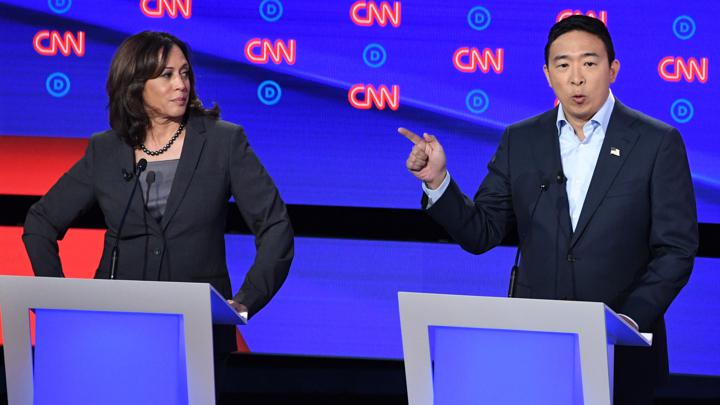First of all, let's start with the aspect that is black and white to me. Why do you have a curfew for so long? You have turned all of Kashmir into an open-air prison. You claim the move you just made is in the best interests of the people of Kashmir and their aspirations for peace and prosperity. Well then, let them speak. Let them come out into the streets and celebrate this wonderful move of yours. And if some want to peacefully protest, let them. Let the politicians out. Move Kashmir towards elections at the earliest.
I have long advocated that the key to permanent peace is for both countries to recognize the Line Of Control as the final border, and to boost trade and tourism across the border. That formula, applied between India and Kashmir, can then be taken also to the India China border, the longest disputed border in the world.
So you can say this abrogation of Article 370 is just a step in that direction. But a much better way would have been to take the people of Kashmir into confidence, to take the political leaders of Kashmir into confidence, to take Pakistan into confidence. Modi should have taken Imran Khan on his offer and organized summit talks, one attended not just by the Prime Ministers, but also by the two army chiefs, and the two intelligence chiefs.
And then the two could have agreed, let's leave the Pakistani Kashmir with Pakistan, and the Indian Kashmir with India, and let's pull back our troops and normalize the border. Let's now focus on trade and tourism. Let's compete to install full-fledged democracy across Kashmir. Let's compete on human rights.
After that summit and agreement with Imran Khan, Modi and team could then have taken people like Omar Abdullah and Mufti into confidence, and then the Article 370 could have been abrogated.
But now that where we are, the total focus has to be on restoring normalcy in Kashmir and heading towards elections. That is a black and white issue to me. And I will call out Delhi on that. Delhi is wrong to impose what looks like an indefinite curfew in Kashmir. That is wrong.
Modi's Big Political Mistake On Article 370 In Kashmir @MehboobaMufti @OmarAbdullah https://t.co/Fhxcf7lGk0 #Kashmir #KashmirStillUnderCurfew #india #pakistan @narendramodi @ImranKhanPTI @AmitShah @BJP4India @PTIofficial
— Paramendra Kumar Bhagat (@paramendra) September 21, 2019




























:max_bytes(150000):strip_icc()/What-If-Its-A-Hoax-56a74f4c5f9b58b7d0e8f300.jpg)





















.jpg)






